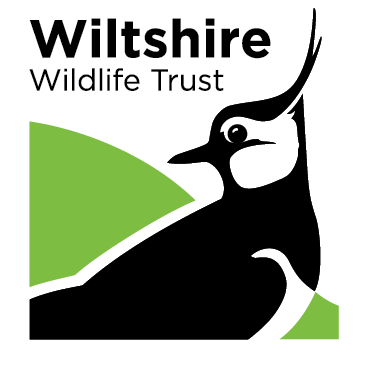Enhancing Habitat For Bats
Enhancing Habitat for Bats
It’s brilliant to have so much support for our incredible bats at Green Lane Wood! The support from the community has been incredible and we are so thankful as it has unlocked funding for critical work.
Due to the level of support and enthusiasm still coming in, we have decided to raise the ambition and scale of conservation work we are undertaking for bats across our reserves. We are now seeking further support to our Habitat for Bats appeal to continue to raise funds to protect them and deliver further actions to protect these special creatures.
Climate change is negatively impacting bats in several ways. It impacts their food sources and increases the risk of pests and diseases that affect trees destroying their tree habitats.
Forests managed for timber production often prioritise straight trees, but this reduces the structural diversity that bats and other wildlife need. A healthy woodland has trees of varying ages, heights, and sizes. This uneven structure provides a range of roosting sites for bats throughout their life cycle. It also makes the woodland more resilient to diseases like Ash Dieback, which can wipe out entire stands of trees if they are all the same age.
The loss of suitable roosting sites is a significant factor in bat population decline. Bats need different types of roosts throughout the year: for hibernation in winter, raising young in summer (May to July), and for general shelter. Diverse woodlands provide these essential habitats.
We have records of bats species on over half of our nature reserves and are prioritising six reserves for conservation action directly relating to bats. These reserves, including Green Lane Wood, will see a range of actions taken, targeted to the needs of the individual bat populations. Our additional reserves for bat habitat work are the Devenish in Lower Woodford, The Firs in Braydon, Blackmore Copse near Salisbury, Clouts Wood in Wroughton, and Great Wood near Royal Wootton Bassett. Will you donate and support a batty future on these reserves?
For each of these reserves we will:
- improve the woodland habitat, by creating additional roosting features within existing trees using a process of veteranisation.
- enhance or create ponds to support sustainable water and food sources.
- commence a multi-year extended monitoring programme to provide more detailed information on the individual populations and their connectivity routes within the local area.
This work will require substantial funding to enable it to progress, with the work estimated to cost more than £100,000. We are asking for donations to help to reach £60,000 to begin the work on all our priority sites.
Matt C, Green Lane Wood Warden:
To help our bats in our woodland nature reserves thrive in the future, we're taking action to protect them from a range of threats, including climate change, loss of trees through pests and diseases, drought or flooding. We are also giving bats a helping hand following several wet and cold springs (hampering insect numbers), and we are creating roost features for them.
In woodlands where little management is undertaken or the potentially the wrong type of management, roost features like woodpecker holes or cracks and crevices are often seen as defects to many and so trees are felled. For timber production, the straighter the tree the better but for wildlife this isn’t always the best. When looking at a woodland, ideally you want an uneven structure, meaning trees of all different ages, height and size. Having a variety of trees in a woodland – different ages, sizes, and species – is important for several reasons.
- Resilience to disease: If a disease like Ash Dieback strikes, it's less likely to wipe out all the trees if they aren't all the same kind and age. This helps preserve the woodland for wildlife like bats.
- Continuous habitat: Bats rely on trees for roosting. A mix of tree types ensures that there are always suitable roosting spots available, even if some trees die off.
Essentially, a diverse woodland is a healthy woodland, and that's good news for bats.
We started creating bat roosts at Blackmoor Copse and Ravensroost in 2021 which was funded by the Action for Insects grant. We're now expanding this effort to Green Lane Wood in Trowbridge with the help of a Suez grant.
You might hear this process called "veteranisation," but we are not working on large, old trees. Instead, we're creating roosting features in smaller trees that will become the veteran trees of the future.
To do this, we carefully injure the trees to mimic natural roosting spots. This creates spaces for bats to shelter, but it's done in a way that doesn't harm the tree's long-term health.
Some of these features are ready for bats to use immediately. Others will become suitable roosts as the tree grows and heals. When we make these roosts, the chainsaw cuts are initially too wide for bats to use. However, as the tree grows, it gradually closes the wound, creating a perfect entrance hole for bats.
